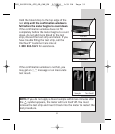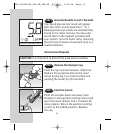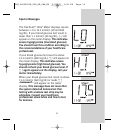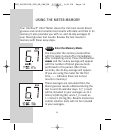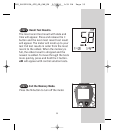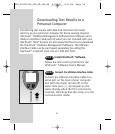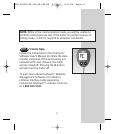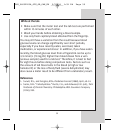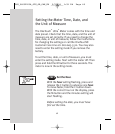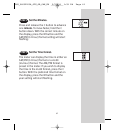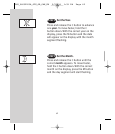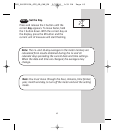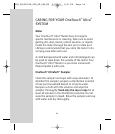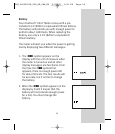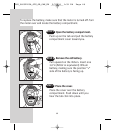
39
While at the lab:
• Make sure that the meter test and the lab test are performed
within 15 minutes of each other.
• Wash your hands before obtaining a blood sample.
• Use only fresh capillary blood obtained from the fingertip.
You may still have a variation from the result because blood
glucose levels can change significantly over short periods,
especially if you have recently eaten, exercised, taken
medication, or experienced stress.
1
In addition, if you have eaten
recently, the blood glucose level from a fingerstick can be up to
3.9 mmol/L (70 mg/dL) higher than blood drawn from a vein
(venous sample) used for a lab test.
2
Therefore, it is best to fast
for eight hours before doing comparison tests. Factors such as
the amount of red blood cells in the blood (a high or low
hematocrit) or the loss of body fluid (severe dehydration) may
also cause a meter result to be different from a laboratory result.
References
1. Surwit, R.S., and Feinglos, M.N.: Diabetes Forecast (1988), April, 49–51.
2. Sacks, D.B.: “Carbohydrates.” Burtis, C.A., and Ashwood, E.R. (ed.), Tietz
Textbook of Clinical Chemistry. Philadelphia: W.B. Saunders Company
(1994), 959.
DCO_06052203A_OTU_OB_CAN_EN 2/20/04 1:39 PM Page 39



